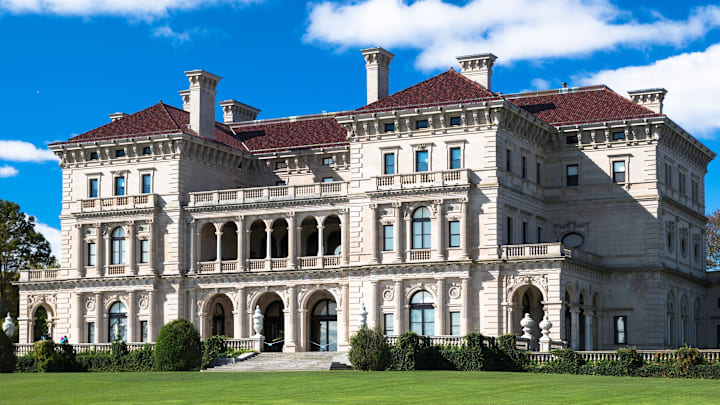Located in the northeast corner of the U.S.A., Rhode Island is home to some truly unique gems, one of which is the historically significant Vanderbilt "summer" mansion, The Breakers. Although this mansion may sound like a cheesy horror movie from the 1980s, it is a beautiful "cottage" born in the Gilded Age, a period of great wealth and luxury in the late 19th century.
Over the last century, The Breakers have gained new fans and kept the tried-and-true fans on the edge of their seats, as they have undergone tremendous preservation and necessary updates. The most recent update has left its fans in suspense as the never-before-made public third floor continues its restoration.
The history of the little wooden house called The Breakers.
The Breakers was built by a pre-eminent architect for one of the wealthiest families in the world, the Vanderbilts. Commodore Cornelius Vanderbilt made his fortune in the steamship industry and, later, in the New York Central Railroad in the late 19th Century. In 1885, Commodore's grandson, Cornelius Vanderbilt II, who ran the New York Central Railroad, purchased a house called The Breakers.
Unfortunately, in 1892, the tiny house burned to the ground. However, the little wooden house made quite the impression on Vanderbilt II because, in 1893, he decided to hire a renowned architect named Richard Morris Hunt to rebuild it bigger and better than ever. In 1895, construction began on what would become a 70-room villa.
What to expect of The Breakers' third floor
The third floor of The Breakers is not just another refurbished space. It is a unique opportunity to witness ongoing preservation efforts, ensuring the legacy of the late Vanderbilts lives on in the house museum for years to come. The tour, which began on June 24, 2024, is open daily, offering an exclusive glimpse into the preservation process for a ticket price of $25 per person.
The tour is led by a guide who will explain all of the sites and what they are doing to preserve them. Seeing preservation teams at work is a bonus that is generally not seen in museums but remains behind closed doors. While enchanted by the historic home, visitors will have the ability to photograph the restoration and artifacts.
